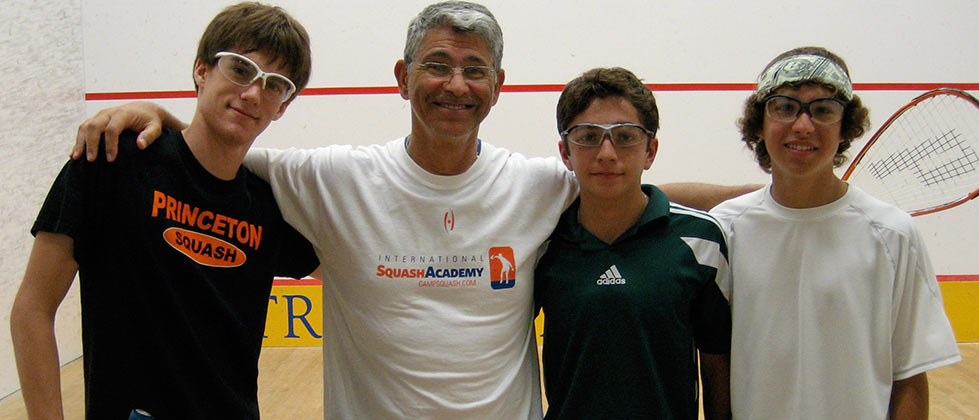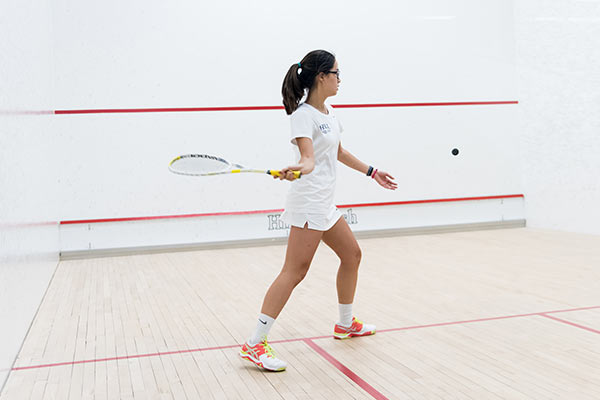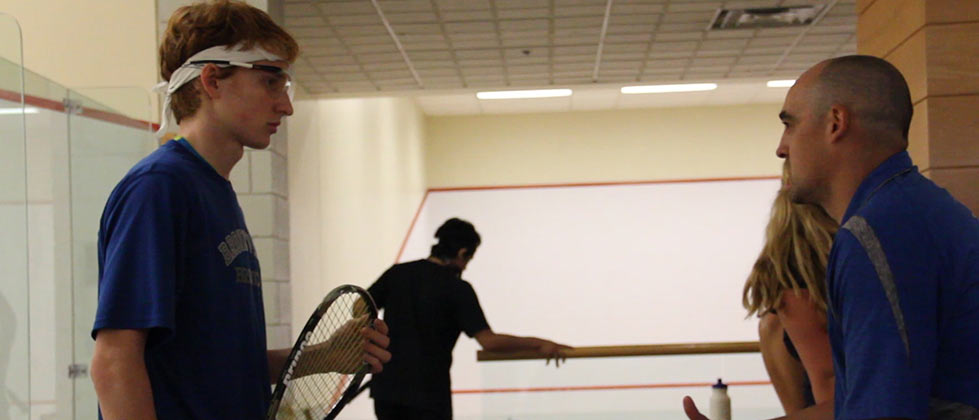College Recruiting Tips for Serious Squash Players

There are a number of general athletic recruiting tips that high school student-athletes should be following if they’d like to play the sport of their choice at the next level in college. However, playing squash in college is a unique situation compared to some of the more mainstream sports out there.
Before we get into any real details, it’s important to know what kind of opportunity is out there with regard to varsity squash programs for colleges in the United States. Thanks to the College Squash Association, it was super easy to compile the below list.
- Amherst College (men and women)
- Bard College (men)
- Bates College (men and women)
- Bowdoin College (men and women)
- Brown University (men and women)
- Colby College (men and women)
- Columbia University (men and women)
- Connecticut College (men and women)
- Cornell University (men and women)
- Dartmouth College (men and women)
- Dickinson College (men and women)
- Drexel University (men and women)
- Fordham University (men)
- Franklin and Marshall Colleges (men and women)
- George Washington University (men and women)
- Hamilton College (men and women)
- Harvard University (men and women)
- Haverford College (men and women)
- Hobart & William Smith College (men)
- Middlebury College (men and women)
- MIT (men)
- Mount Holyoke College (women)
- Naval Academy (men)
- University of Pennsylvania (men and women)
- Princeton University (men and women)
- University of Rochester (men)
- Lawrence University (men and women)
- Stanford University (women)
- Trinity College (men and women)
- Tufts University (men and women)
- Vassar College (men and women)
- Wellesley College (women)
- Wesleyan University (men and women)
- University of Western Ontario (men)
- Williams College (men and women)
- Yale University (men and women)
As you can see, there aren’t a whole lot of opportunities to play varsity squash in a college setting when you compare it to how many players would actually like to do so. This list is only 36 teams long, but there are more than 600 college football teams in America. There is not a set size for a college squash roster, but coaches typically keep their rosters small, to only 10-20 players at the most.
With such small rosters and likely only a handful of seniors graduating or exhausting their eligibility each year, coaches are only going to be recruiting a small number of players. It’s not uncommon for an incoming recruiting class to include five or fewer freshman.
This is why it’s important to get yourself out there and seen. The more tournaments you play in, the more opportunities you’ll give the same people who attend these events a chance to get to know you and how you conduct yourself on the court.
There’s also the academics factoring into all of this. The schools listed above include Ivy League schools and a handful of Division III schools, none of which offer athletic scholarships. So, not only will it be difficult for any player to get admitted, they’ll also have to be high-achieving enough to get scholarships and grants based off their academic accomplishments. That’s especially important if financial aid will be a huge consideration.
Some athletes think they can use the sport they play as a vehicle to get into a highly-selective school, especially if they wouldn’t qualify for admission without athletics as part of the picture. There is some truth to that in certain instances, but that doesn’t mean you shouldn’t be trying your best to maintain and high GPA while also maximizing your standardized test scores.
Basically, those who’d like to play college squash need to be dedicated to being the best they can possibly be – both on the court and in the classroom.



